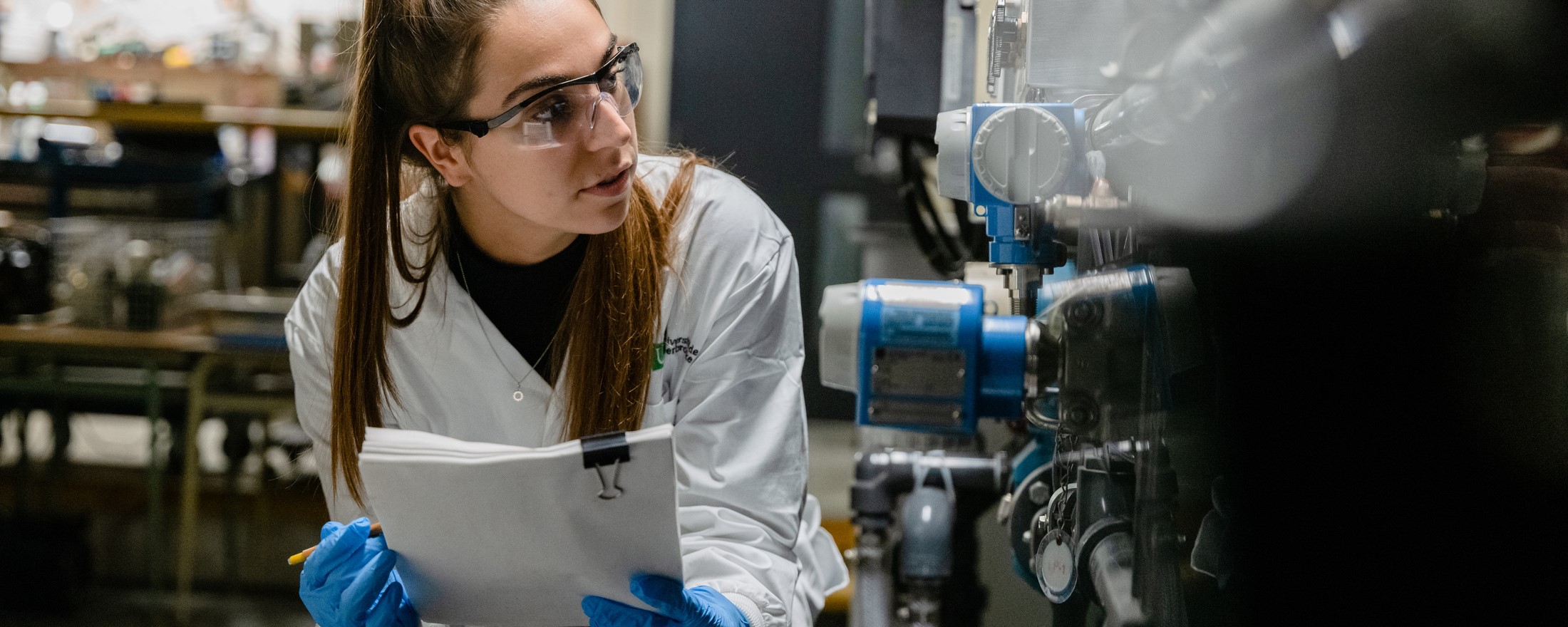Development of an advanced tissue engineering system to promote the functionality of Schwann cells cultured in synthetic nerve conducts
Overview
- RESEARCH DIRECTION
- Marc-Antoine Lauzon, Professeur - Department of Chemical and Biotechnological Engineering
- ADMINISTRATIVE UNIT(S)
-
Faculté de génie
Département de génie chimique et de génie biotechnologique
- LEVEL(S)
- 2e cycle
- LOCATION(S)
- Campus principal
Project Description
THE PROJECT: Upper limb traumatic peripheral nerve injuries (PNI) have great impacts on patient’s life. The prevalence of PNI accounts for 2-3% of patients admitted to hospital trauma centers and can lead to chronic pain, partial or total disability [1]. More than 30% of PNI cases are nerve transections (nerve sectioned partially or completely) that need acute repair resulting in high treatment costs [2,3]. However, less than half of the patients will have a total motor or sensory recovery following surgical procedure [4]. Repair of PNI is complex due to the slow nerve regeneration process [5]. Current treatment techniques for small nerve losses (< 30 mm) involve the use of synthetic nerve conducts (SNCs), mostly made of collagen [6, 7]. However, such SNCs rarely have aligned micro-channel structures and do not contain glial cells nor growth factors, which makes them less efficient for axonal growth and guidance [8, 9]. Moreover, new tissue engineering strategies involving SNCs pre-seeded with glial cells (Schwann cells) or stem cells are usually restrained to static culture conditions, which limits the growth rate and so the size of the SNCs (limited nutrient intake and gas exchange) [10].To overcome mass transfer limitations and increase the working size of SNCs, there is a need to combine new generation of biomaterials with structures mimicking more accurately the nerve physiology with a dynamic culture system Nonetheless, the impact of dynamic culture conditions on glial, stem and neuronal cells and underlying behaviors using acute engineered scaffolds remain poorly understood. OBJECTIVE: The main objective of this interdisciplinary project is to study the behavior of Schwann cells in contact with anisotropic collagen-based biomaterials mimicking the physiology of the peripheral nerve and cultured under in vitro dynamic conditions using a perfusion bioreaction platform. PROFILE OF THE CANDIDATE: 1. Holding a bachelor degree in cellular biology, biochemistry, chemical engineering, biotechnological engineering or biomedical engineering 2. Relevant technical skills: - Cell culture: animal or human cells - Material/biomaterial science: synthesis and characterization - Immunotechnologies: immunostaining, Western blot, ELISA - Molecular biology: RNA extraction, RT-PCR et qPCR - Being familiar with notions of perfusion bioreactor systems, mass transfer phenomena and scientific programming would be an asset Starting date : september 2019 REFERENCES: [1] Taylor et al. (2015), Am. J. Phys. Med. Rehabil., 87(5), 381-85; [2] Lad et al. (2010), Neurosurgery, 66(5), 953-960; [3] Wang et al. (2018), Connect. Tissue Res., 1-7; [4] Ruijs et al. (2005), Plast. Reconstr. Surg., 116(2), 484-846; [5] Lim et al. (2015), J. Neurosci., 35(8), 3346-3359; [6] Grinsell et al. (2014), Biomed. Res. Int., 2014(698056), 13; [7] Saeki et al. (2018), Injury, 43(5), 553-572; [8] Whilock et al. (2009), Muscle Nerve, 39(6), 787-799; [9] Safa et al. (2016), Hand. Clin., 32(2), 127-140; [10] Valmikinathan et al. (2011), Mater. Sci. Eng. C. Mater. Biol. Appl., 21(1), 22-29.
Discipline(s) by sector
Sciences naturelles et génie
Génie chimique
Funding offered
Yes
The last update was on 12 March 2024. The University reserves the right to modify its projects without notice.
